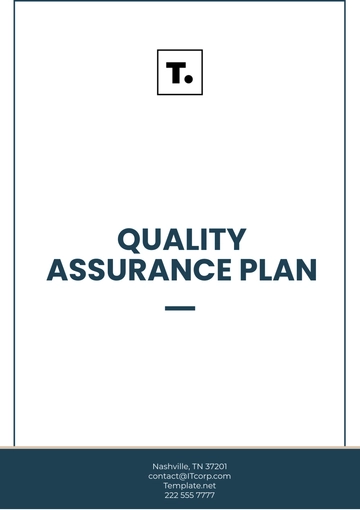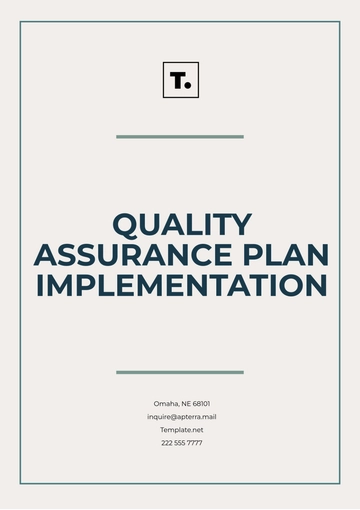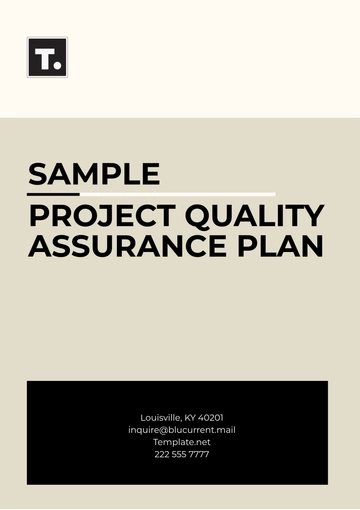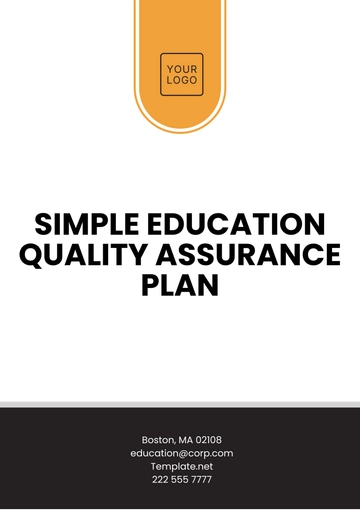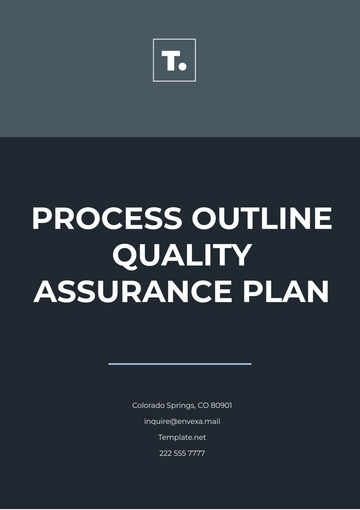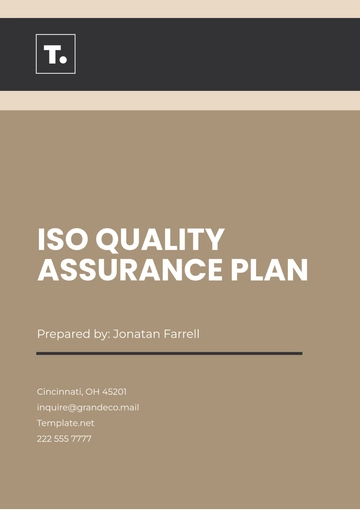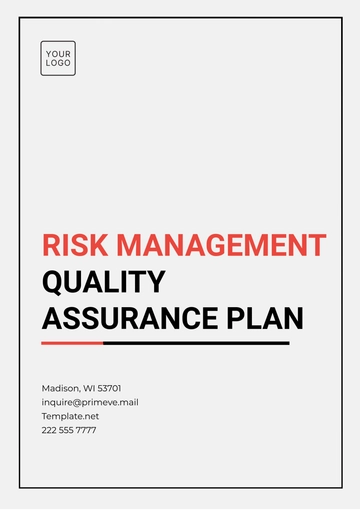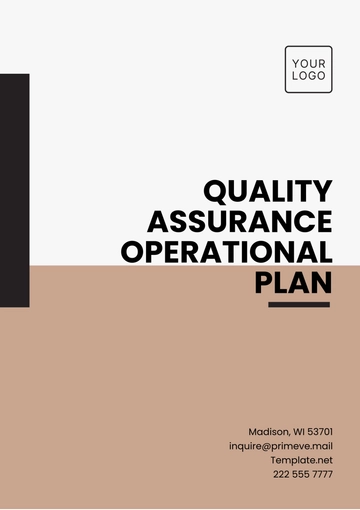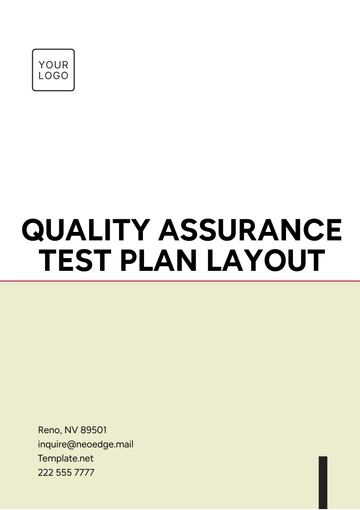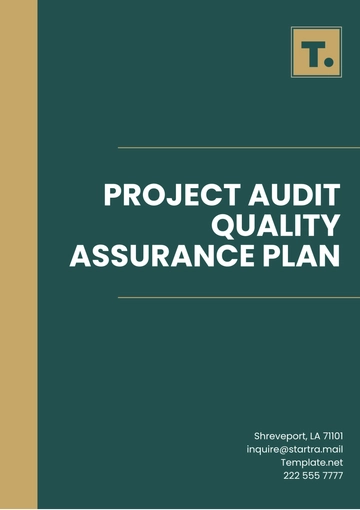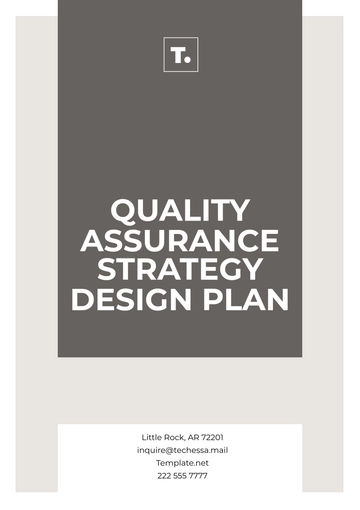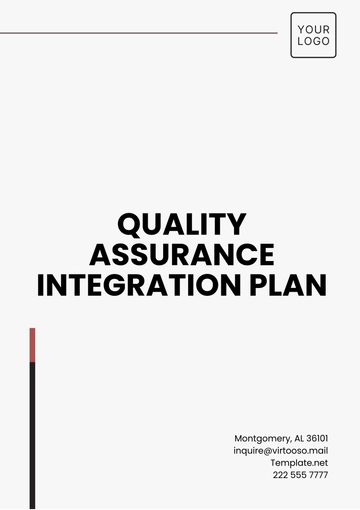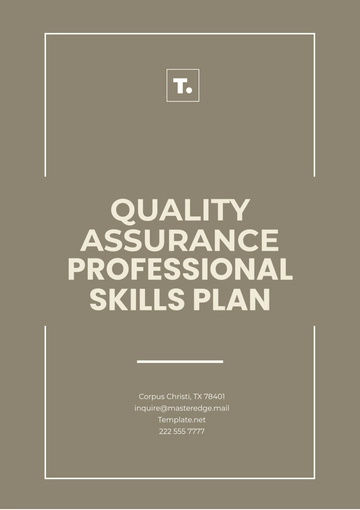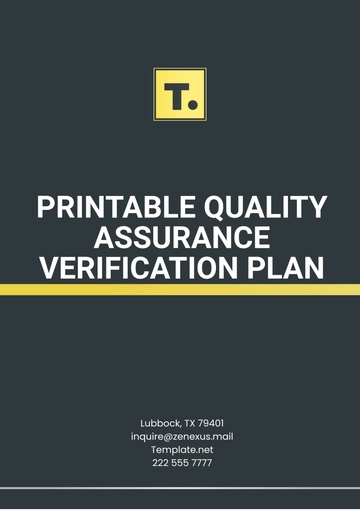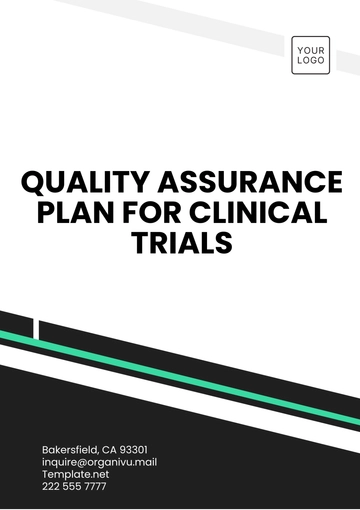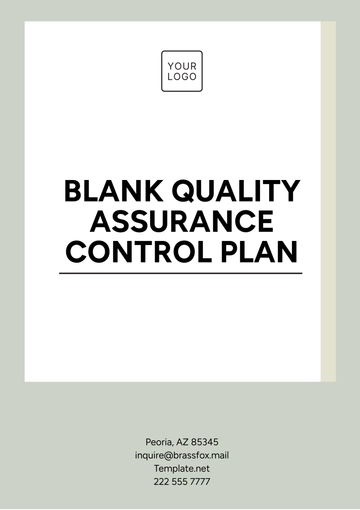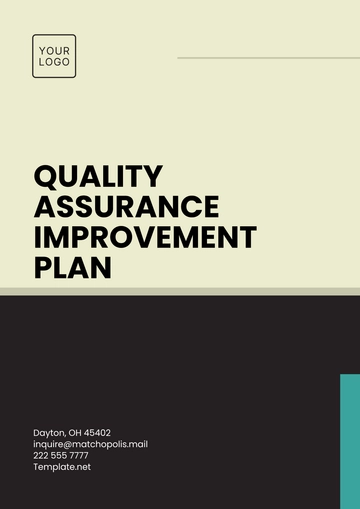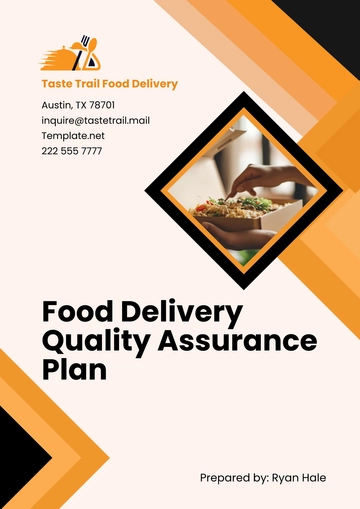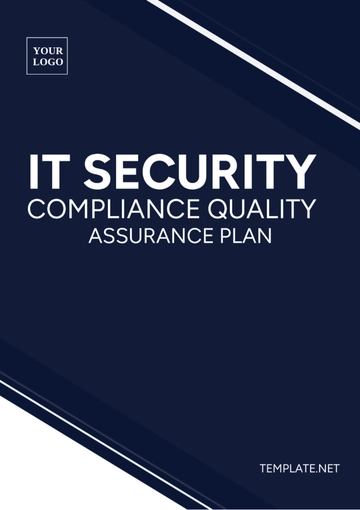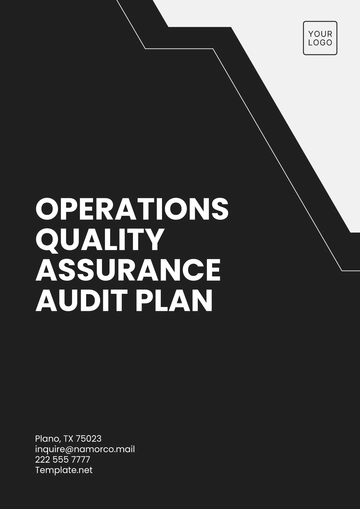Quality Assurance Plan
Prepared by:
[Your Name]
[Your Company Name]
1. Purpose and Scope
Purpose: This Quality Assurance Plan (QAP) aims to establish the quality standards and processes for the "Project Atlas" software application, ensuring it meets all client requirements, industry standards, and project objectives.
Scope: This plan applies to all phases of Project Atlas, from initial design through development, testing, and post-deployment maintenance. It includes guidelines for documentation, testing, quality inspections, and reporting throughout the project lifecycle.
2. Quality Objectives
Consistency: Achieve uniform functionality and performance across all features.
Customer Satisfaction: Deliver a user-friendly and reliable software application that meets or exceeds client expectations.
Regulatory Compliance: Ensure Project Atlas complies with data security regulations (e.g., GDPR, HIPAA).
Continuous Improvement: Identify and implement process improvements for better efficiency and reduced error rates.
3. Roles and Responsibilities
Quality Assurance Team
Quality Assurance Manager: Responsible for overseeing all quality assurance activities, managing the QA team, and ensuring compliance with established standards.
Project Manager: Coordinates between teams and ensures that QA activities align with the project timeline and meet client requirements.
QA Specialists: Conduct testing, audits, and inspections of each module to validate functionality and quality.
Stakeholders
Clients: Representatives from the client organization who review and approve project milestones to ensure the product aligns with agreed specifications and functionality requirements.
Regulatory Bodies: Representatives from relevant regulatory authorities review quality and compliance reports to verify that the software adheres to data security regulations (e.g., GDPR) and meets industry standards for quality management and information privacy.
4. Quality Standards and Criteria
Area | Standard | Criteria | Acceptable Limits |
|---|
Design | Follows UX/UI Best Practices | No major usability issues found | 100% adherence to design specs |
Production | ISO 9001 for software quality | Minor defects < 1.5% | Max 1% defect rate |
Testing | ISTQB Testing Standards | The pass rate of key test cases | Minimum 95% pass rate |
Data Security | GDPR, HIPAA Compliance | No data breaches or compliance violations | 100% compliance |
5. Quality Control Processes
A. Documentation
Requirements Review: Document all functional and non-functional requirements in collaboration with the client, ensuring approval by all relevant stakeholders.
Design Documentation: Outline the user interface (UI) and user experience (UX) requirements, including prototypes and wireframes, and validate through stakeholder review.
B. Testing and Inspection
Unit Testing: Developers perform this after each module is completed, verifying individual units of code.
System Testing: Conducted by QA specialists to ensure seamless integration of all modules and the proper functioning of the overall system.
Acceptance Testing: Carried out by the client to confirm that the application meets their specified requirements before final approval.
C. Reporting and Record-Keeping
Issue Tracking: Use JIRA for defect logging, resolution tracking, and analysis of recurring issues.
Quality Reports: Weekly quality reports are sent to stakeholders, summarizing defect statistics, pass/fail ratios, and any outstanding issues.
6. Quality Assurance Activities and Schedule
Phase | Activity | Responsible Party | Schedule |
|---|
Design | Requirements Validation | Project Manager | Week 1 |
Development | Unit Testing | Development Team | Weeks 2–6 |
Implementation | System Testing | QA Specialists | Weeks 6–8 |
Final Review | Acceptance Testing | Client Representatives | Week 9 |
7. Risk Management
Identify potential risks to quality and implement strategies for mitigation.
Risk | Mitigation Strategy | Responsible |
|---|
Design flaws | Early-stage design reviews and user feedback | Project Manager |
Defects in production | Continuous quality checks at every stage of development | QA Manager |
Compliance violations | Conduct regular audits and consultations with compliance experts | Compliance Team |
8. Continuous Improvement
Feedback Mechanism: Solicit feedback from the QA team, clients, and end-users to identify areas for quality improvements.
Post-Project Review: After project completion, conduct a quality assessment against objectives, noting best practices and improvement areas for future projects.
9. Approval and Revision Log
Version | Date | Description | Approved By |
|---|
1.0 | 2054-10-28 | Initial version | Richard Morris |
1.1 | 2054-11-05 | Updated testing phases | Daniel Lewis |
Plan Templates @ Template.net

